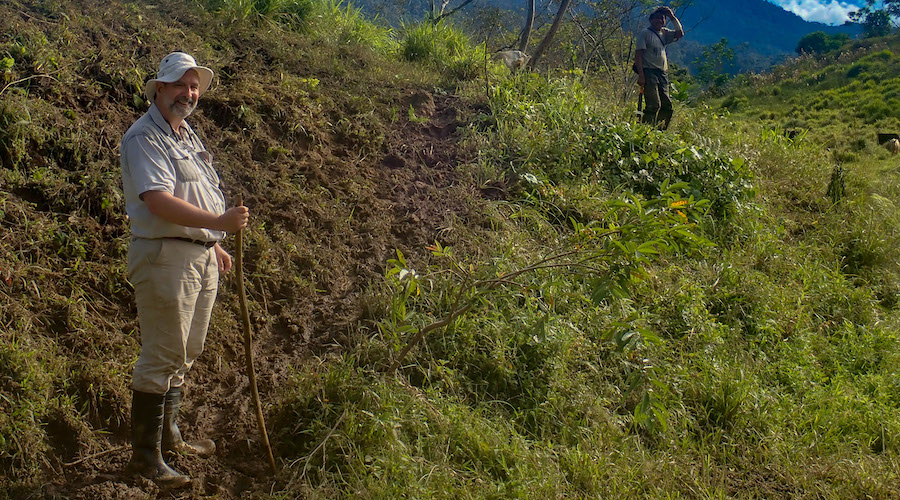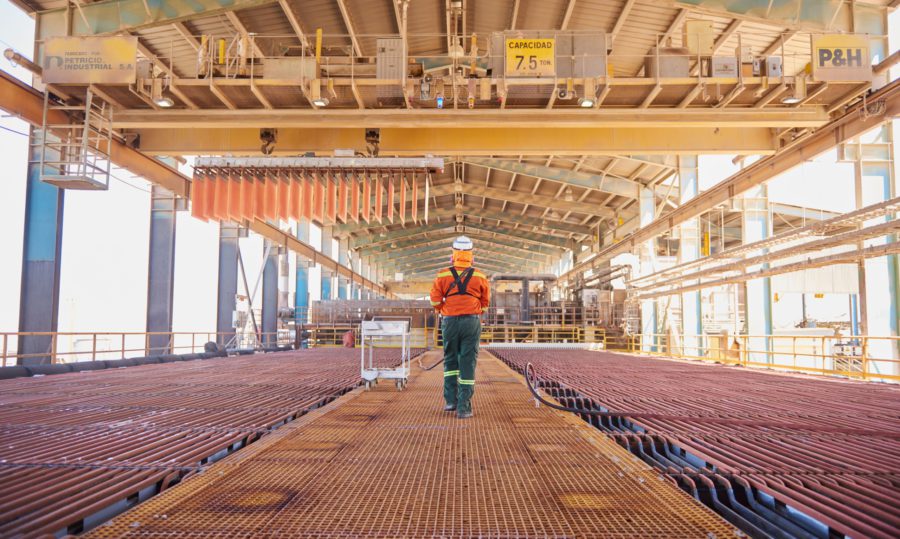Aurania to employ Bayesian theory in search for Colonial mines in Ecuador

Aurania Resources (TSXV: ARU) and scientific consulting company Metron have joined forces at the Lost Cities – Cutucu project in Ecuador with the idea of refining the search for the gold mining centres known as Logroño de los Caballeros and Sevilla del Oro. These were major gold mines operated by the Spanish during Colonial times.
In a media statement, Aurania said that after reviewing historical records, the company believes these mines are located within its large, 2,080-square kilometre project.
“The plan is that Metron will work with Aurania on a wide range of information, including an extensive archive of historical data and ancient maps culled from international sources over a decade by Professor Octavio Latorre and I, integrated with topographic data, geological information, exploration results, geophysics and satellite imagery,” the miner’s CEO, Keith Barron, said in the media statement.
“In a similar way that the ‘Disrupt Mining’ movement has used crowdsourcing of Big Data to process massive data sets, this could revolutionize current exploration practice”
Aurania CEO
“Aurania’s project area will be divided up into geographic cells, each of which will be assigned a probability ranking based on the combination of the available data. Cells with the highest probability ranking will be prioritized for focussed follow-up, supported by LiDAR surveys (light direction and ranging), a technology that has been used successfully in the discovery of lost cities in jungle-covered areas of Guatemala, Honduras and Cambodia. It is hoped that this initiative will substantially accelerate our exploration of the Lost Cities.”
Barron suggested that his firm is the first resource company to use Bayesian Search Theory in regional exploration for gold deposits.
“Intuitively, geologists have done this for decades, pulling together and compiling observations from the fieldwork, and past historical activity to find the most likely area to contain mineral deposits. Instead of geological hunches, Bayesian Search Theory reduces things to statistical probabilities,” he explained. “In a similar way that the ‘Disrupt Mining’ movement has used crowdsourcing of Big Data to process massive data sets with notable successes in the Red Lake and Val d’Or camps, this could revolutionize current exploration practice.”
For the past 35 years, Metron has developed computer algorithms to generate probability maps that identify specific targets even in cases where the data is ambiguous and contradictory. Earlier in his career, Metron Chief Scientist, Lawrence D. Stone, was part of the team that located the lost nuclear submarine USS SCORPION. He later led the Metron technical team that generated probability maps that led to the discovery of the SS CENTRAL AMERICA, the fabled “Ship of Gold” that went down in the Atlantic during an 1857 hurricane carrying 21 tonnes of California gold.
{{ commodity.name }}
{{ post.title }}
{{ post.date }}

Comments